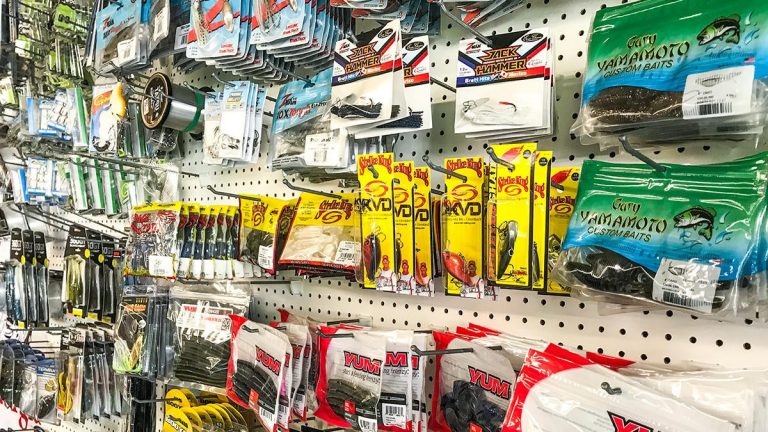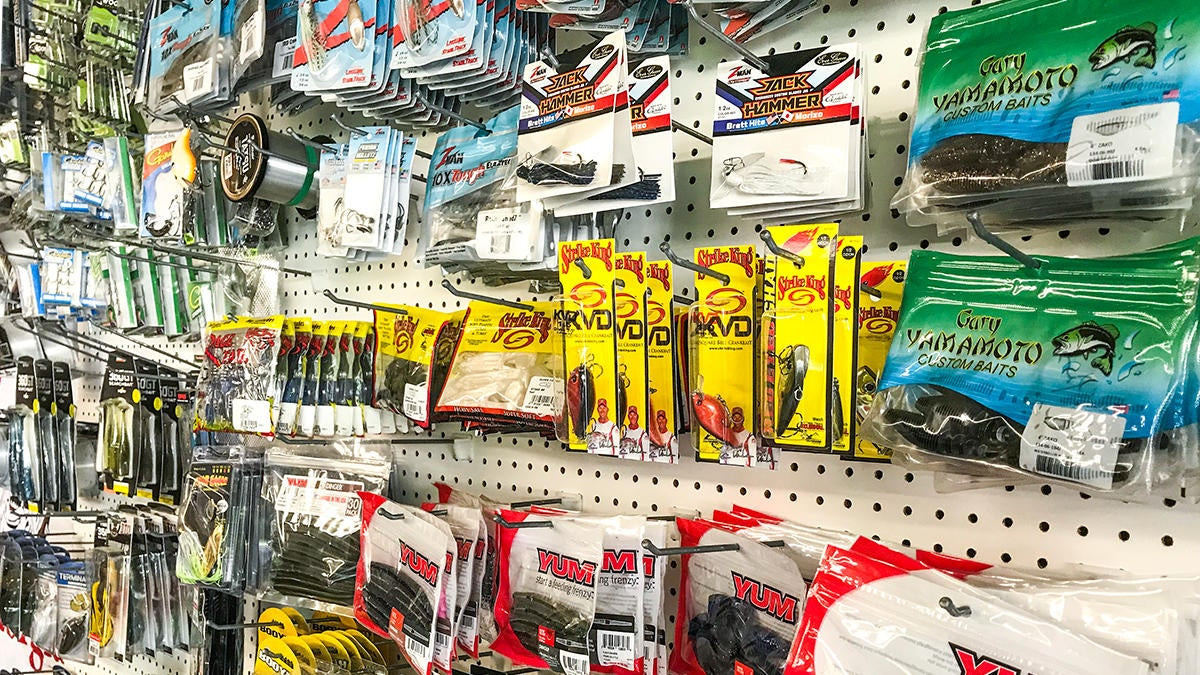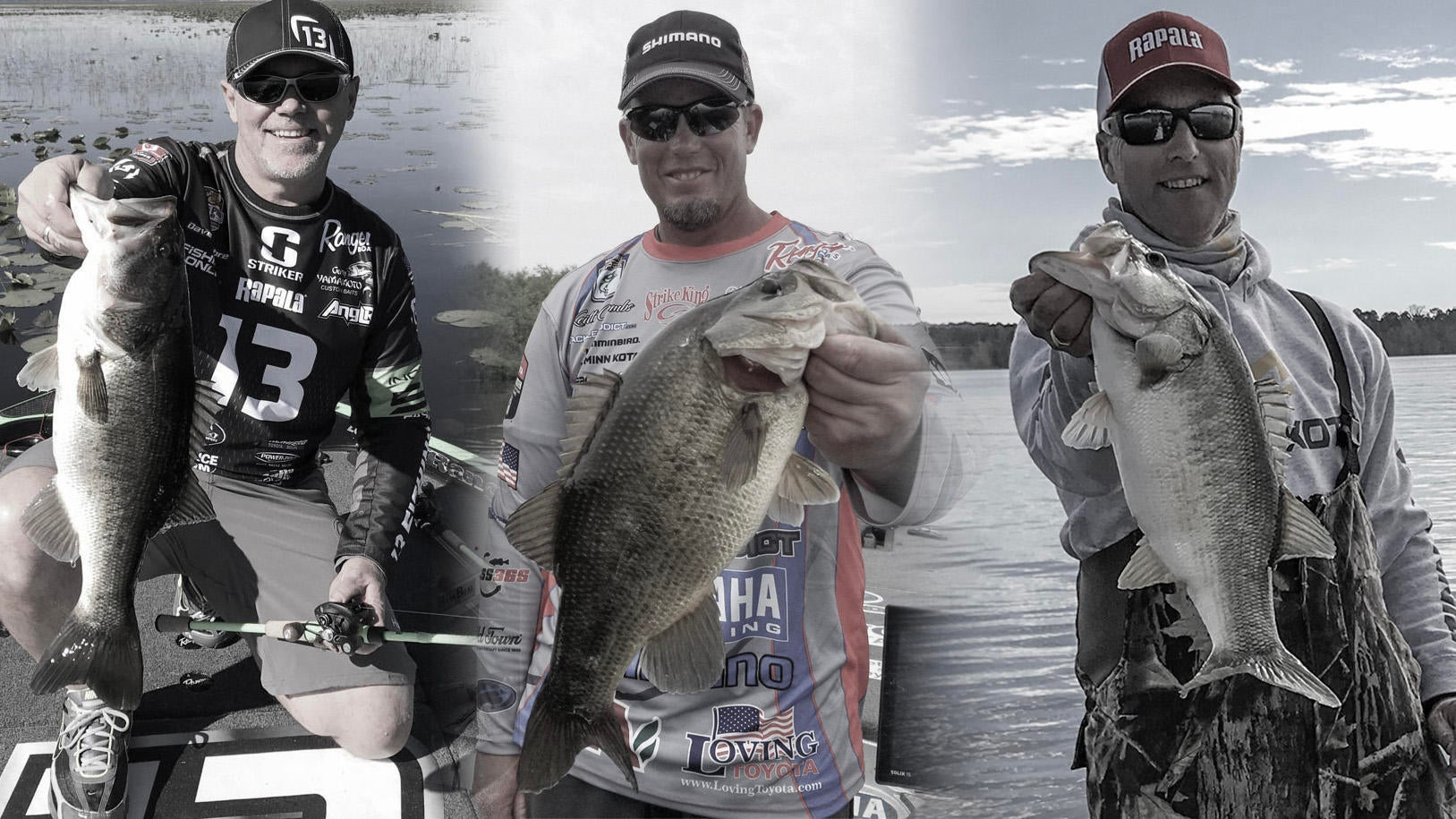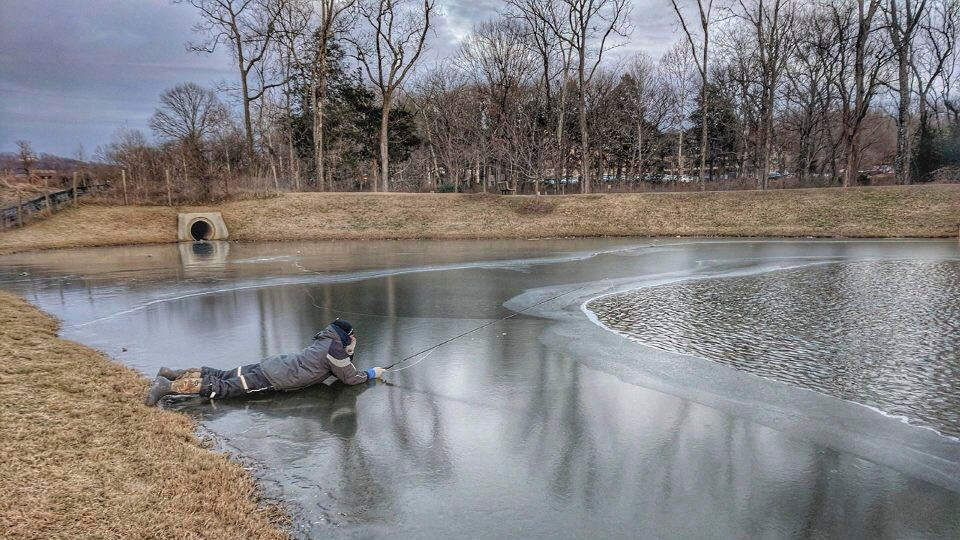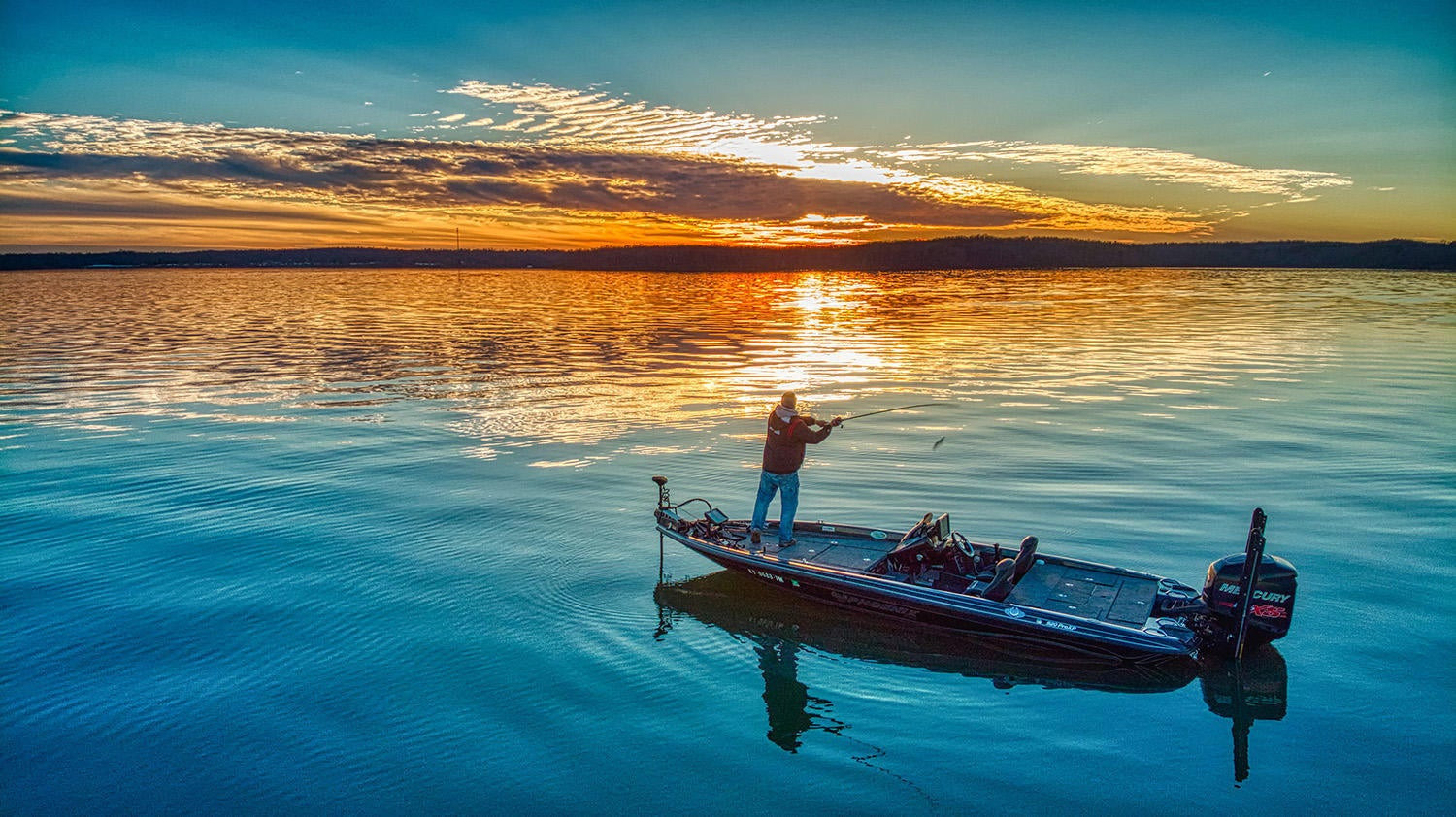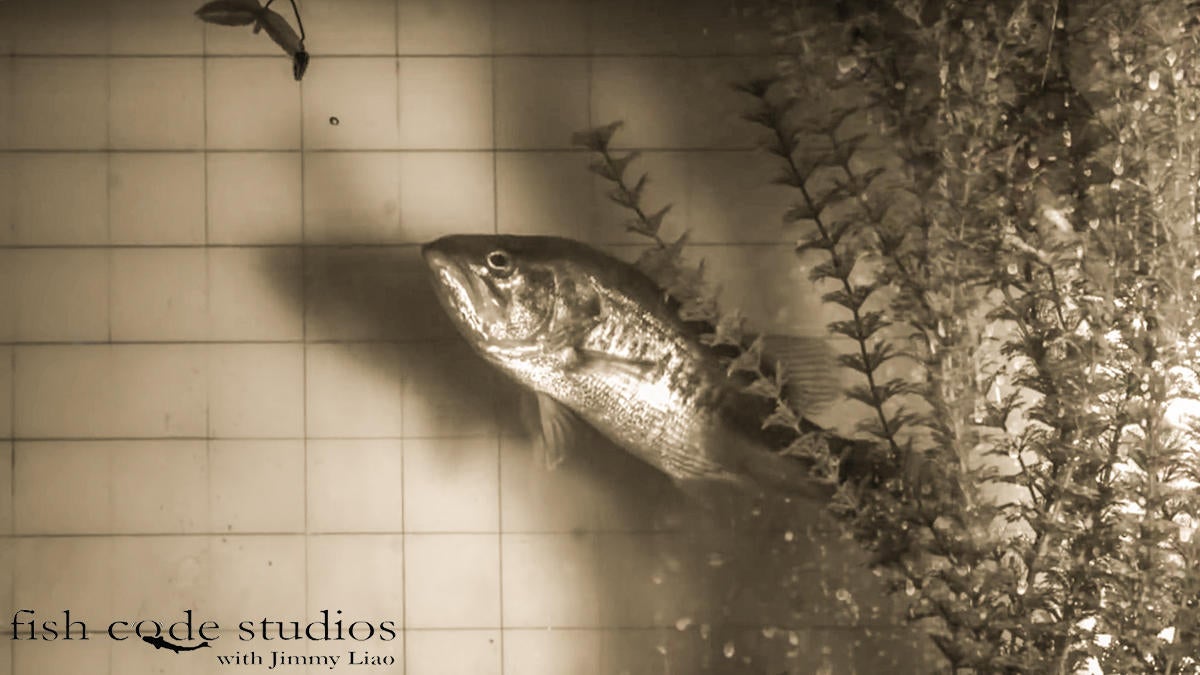As avid bass anglers, we’re also big-time lure collectors. While we see all of the newest bass fishing tackle each year, we still rely on some of our older, time-tested options at times. These bass fishing lures still produce a lot of fish for us but we’ll be honest – we’re getting a little scared of breaking them off because they’re all discontinued. We only have a few and if it were up to us, we’d still be able to find these big-bass producers on the shelves.
Strike King Wake Shad
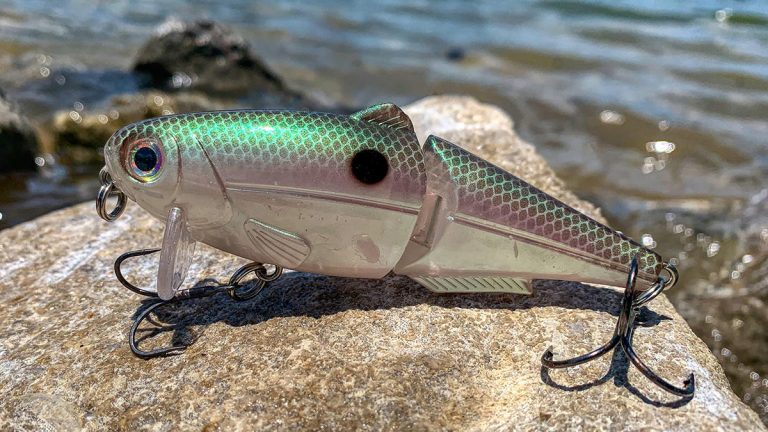
The Strike KIng Wake Shad was only discontinued a year ago, but we already miss being able to get them. We have a handful and guard them around other anglers. The Wake Shad is a tremendous search bait. It’s great over burned over submerged grass and it’s a heck of a bait around smallmouth and spotted bass on clear water lakes. Rumor has it the mold they had for it broke and was extremely costly to repair so it was discontinued.
Cotton Cordell Rattlin’ Spot G-Finish Craw

This was hands down Jason’s best lipless crankbait growing up on the Arkansas River. And as you might guess from its looks, it caught fish when the bass were feeding on crawfish and feeding on shad equally as well. Something about that color and G-finish was the hot ticket back in the 1980s. We’ll still pull one out in the prespawn fishing around stained water, and we’ve had some painted up but none ever matched the effectiveness of the original G-Finish craw.
Mann’s Super George
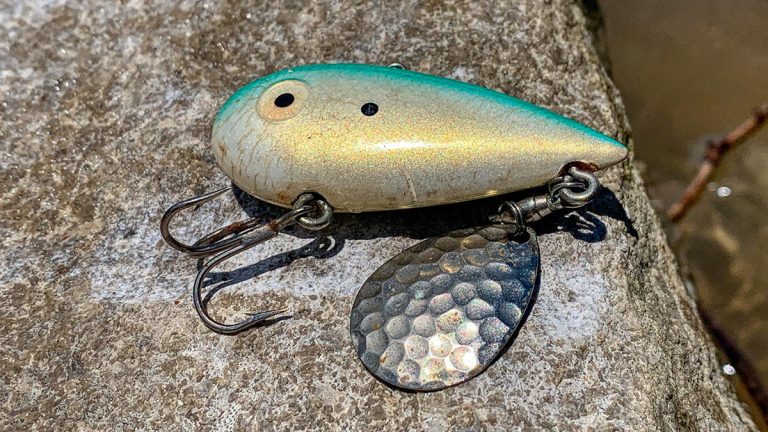
This tail spinner combined the allure of a deep tail spin with the noise and larger profile of a lipless crankbait. It also gave anglers a larger shad profile for ripping baits out over deep water schooling fish. We still throw it on occasion and finding a few here and there on eBay has gotten harder over the years.
XCalibur XCS 100 Square Lip

This was always one of those special lures that caught big bass everywhere. Whether we fished it on a river, a big reservoir or a small pond, we consistently got good bites on it. This color is especially effective. I collect them and some of the packages are labeled as “Baby Smallmouth” and others are labeled as “Smallmouth Green”.
The color consistency wasn’t outstanding with this lure, but that’s what made it so special in our opinion. Some had thicker black stripes while some were nearly all brown, but that made them unique and pressured bass probably never saw the exact same color twice. Either way, it remains a great clearwater crankbait and it looks just like a small bluegill in the water.
The entire XCalibur line folded and it’s too bad. They had some really nice, higher-end lures that are being sold on the second-hand market today for upwards of $40 a pop.
Berkley Powerbait Thief
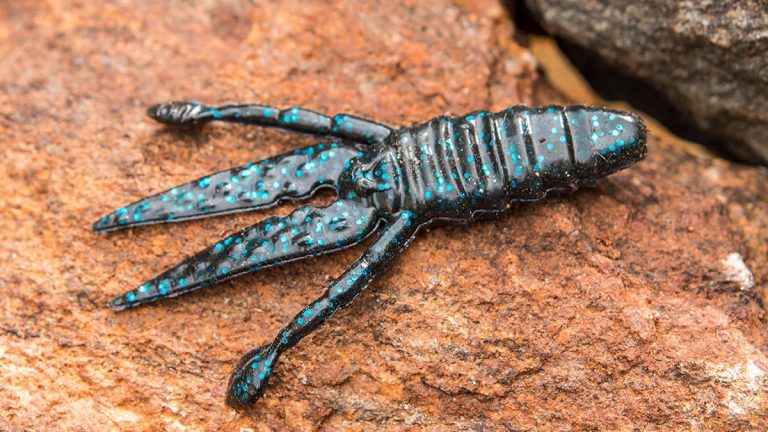
This soft plastic may not look like much, but it’s been a big producer for us while pitching and flipping. The body was thin, but the plastic formula seemed to be a bit firmer than most other baits on the market. This led to outstanding durability and those legs had an excellent action and were triggered by even the slightest water movement. It also punched through cover very easily.
They used to retail for just $4.49 per 8-pack, so it was a great value for the angler. We’re bummed to see it go and we have one single pack left, so we guess it’s time to hit up eBay.
Original Cotton Cordell Big O
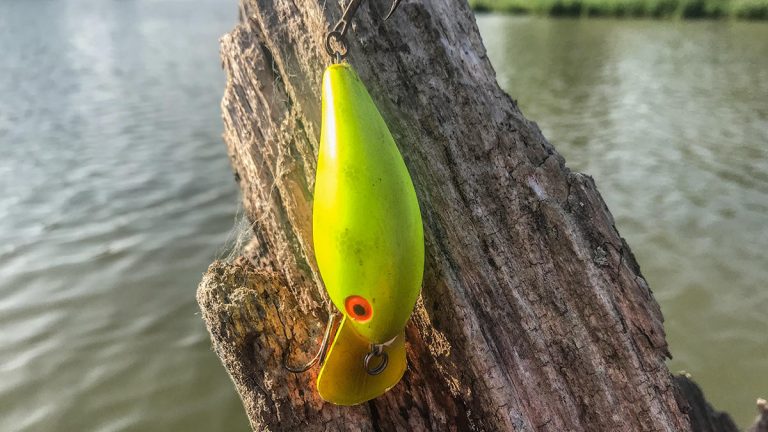
One of the first effective squarebills that was used in and around cover, the Big O still has a very strong following with collectors and those who have them still fish them due to their fish-catching power. The molded bill seemed small but the tight wobble was a difference maker. Included in the earlier models was a unique built-in rattle that called fish from under blowdowns and vegetation.
The Big O came in a multitude of colors from shad to chartreuse and Big O aficionados liked that it could be cast long distances and run from top to nearly four feet deep. Although it is still made today, the first models are always thought of as best.
Original Bomber Model A
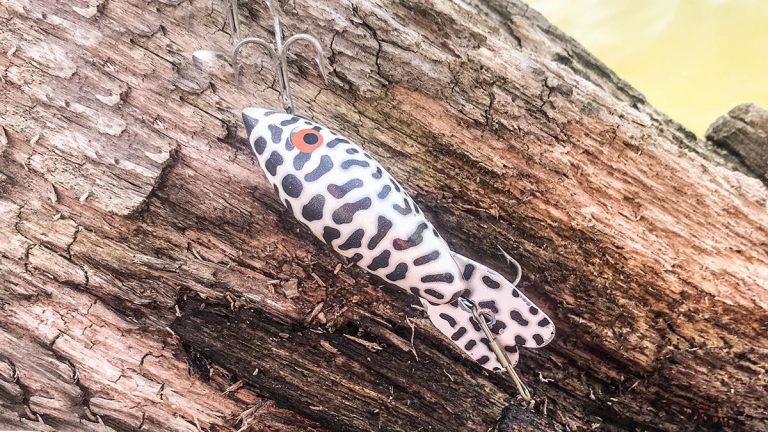
Shaped like a World War II bomb, the Bomber was built to imitate a crawfish scurrying away. The flat tail was metal and had an adjustable line-tie that could be moved to dive deeper. It worked great in depths of 10 to 12 feet and due to its backward shape could also be cast a mile. The unique hook hangers would cause it to bind a bit and allow fish to get leverage at times. That was a downfall of this bait.
The Bomber was easily tuned and deflected well off of stumps and hardcover. It was especially good in the post-spawn period. I used to buy all the crazy colors I could find as they seemed to catch more fish, even in highly pressured lakes. The first tournament Terry ever won was on this bait and he still has several in his collection.
Limberneck Spinnerbait
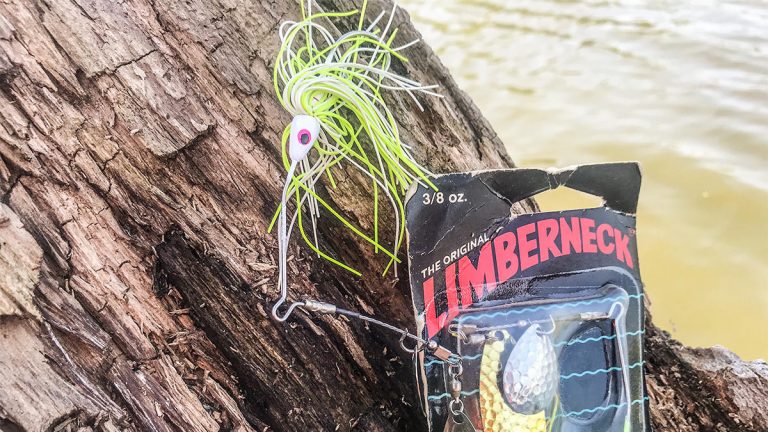
Made by Brothers and Company, the Limberneck incorporated a cable instead of a wire for the blades allowing it to work well in and over grass. It was first used on river systems to catch bass and was particularly effective on rip-rap as well.
Brothers had a unique split-tail trailer that matched well with the bullet-shaped head and all the skirts were hand tied with thread for better staying power. The 3/8 and 1/2-ounce models were easier to cast and the unique head deflected well off of cover. Although the willow blade was most popular, the twin Indiana blades was a killer on the river. They, too, came in every color in the rainbow but our favorite was the chartreuse/blue and white.
Brothers also made a bent-shaft buzz bait called a buzzard that we still love to throw. The business side of the arm where the hook was was bent down for better hookups. The 1/2-ounce model was best as it was easier to throw.




